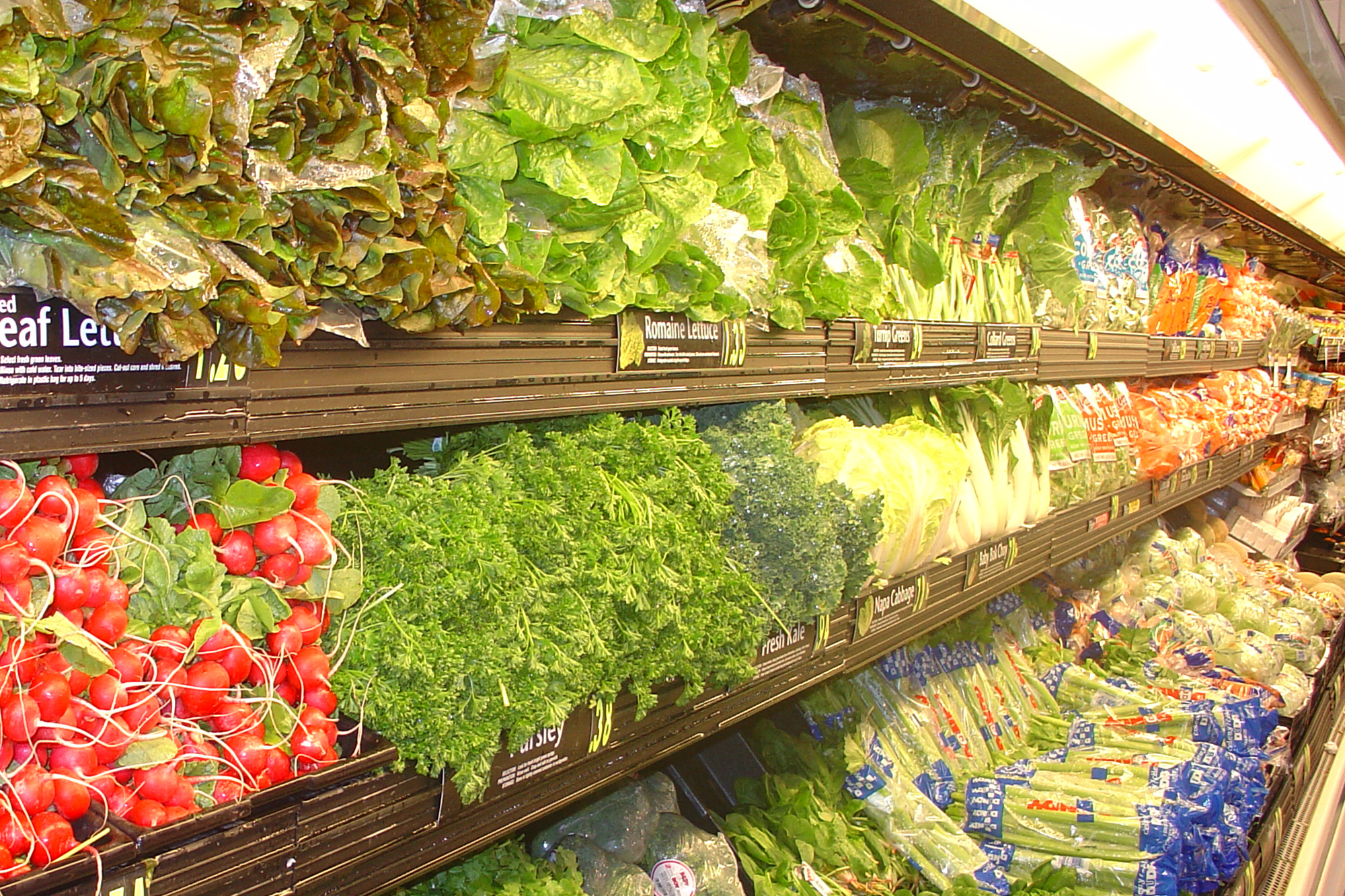By Jennifer Dorsett
Field Editor
A new report shows pesticide residue levels remain low in the U.S. food supply.
The U.S. Department of Agriculture (USDA) recently published the 2019 Pesticide Data Program (PDP) Annual Summary, which shows nearly 99 percent of samples tested had pesticide residues below benchmark levels established by the U.S. Environmental Protection Agency (EPA).
“This study reaffirms what we’ve long known—the U.S. food supply is one of the safest in the world,” Brant Wilbourn, Texas Farm Bureau associate director of Commodity and Regulatory Activities, said. “Those who grow our food apply pesticides with precision at rates approved by EPA.”
According to USDA, the report shows pesticide residues that are found on foods are nearly always at levels below the tolerance, or maximum amount of a pesticide allowed to remain in or on a food, set by the EPA.
“USDA tests a wide variety of domestic and imported foods, with a strong focus on foods that are consumed by infants and children,” the agency said in a press release announcing the findings. “EPA relies on PDP data to conduct dietary risk assessments and to ensure that any pesticide residues in foods remain at levels that EPA has determined to be safe. USDA uses the data to help U.S. farmers improve agricultural practices and to implement the department’s Integrated Pest Management (IPM) program.”
To conduct the study, USDA’s Agricultural Marketing Service partners with state agencies to collect and analyze pesticide residue levels on certain types of foods.
The range of fresh and processed foods is selected annually by EPA and USDA.
Throughout 2019, analyzed samples were collected in California, Colorado, Florida, Maryland, Michigan, New York, North Carolina, Ohio, Texas and Washington. More than 9,600 food items were sampled for pesticide residues throughout the study last year.
Common fruit and vegetable products in the American diet–including asparagus, bananas, cabbage, cantaloupe, cilantro, orange juice, canned and frozen spinach, frozen strawberries, sweet bell peppers, canned and frozen peas, tangerines and tomato paste–were all sampled at different times of the year in different states to ensure a broad sample was represented in the survey.
Pantry staples like dried garbanzo beans (chickpeas), oats and rice were also sampled in 2019.
Through testing, USDA looks for all categories of agricultural pesticides, including fungicides, herbicides and insecticides.
“The annual pesticide residue results are reported to the Food and Drug Administration (FDA) and EPA in monthly reports as testing takes place throughout the year. FDA and EPA are immediately notified if a PDP test discovers residue levels that could pose a public safety risk,” USDA said.
The report showed 64 percent of the collected and analyzed samples were produced domestically, with the remaining 32 percent being imported or of mixed national or unknown origin.
USDA found 42 percent of foods sampled had no detectable pesticide residue, and nearly 99 percent of all samples tested had residues below tolerance levels.
Pesticides exceeding the tolerance were detected in 1.29 percent, or 125 samples of the 9,697 total samples tested. Of these 125 samples, 40 percent were domestic, 54 percent were imported and about 5 percent were of unknown origin.
Samples containing pesticides that exceeded established tolerances included: 93 samples of basil; one sample of cilantro; three samples of collard greens; three samples of dried garbanzo beans; two samples of hot peppers; eight samples of mustard greens; two samples of radishes; five samples of frozen spinach; and eight samples of frozen strawberries.
The low rate of violations shows farmers and ranchers follow labels and guidelines when applying products to their crops, Wilbourn said.
“Overapplication of pesticides doesn’t make sense for a variety of reasons, not least of which is that farmers and ranchers care about the people they’re feeding. Buying expensive pesticides and wasting them through overuse wouldn’t make financial sense, either,” Wilbourn said. “We know they’re doing a good job, and we’re proud that their efforts are proven through this randomized spot check across the food spectrum.”
For over 25 years, USDA has tested a wide assortment of foods, including fresh and processed fruits and vegetables, dairy, meat, poultry, grains, fish, rice, specialty products and water. The agency said 2020 sampling is already underway on a variety of commodities, including apple juice, blueberries, carrots, green beans and summer and winter squash varieties.
For more information about pesticides and food, visit the EPA website and the FDA website.

